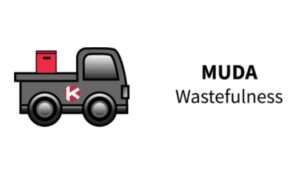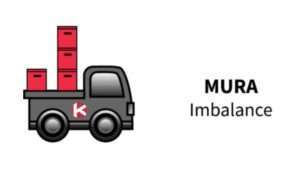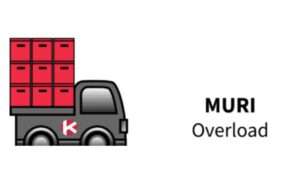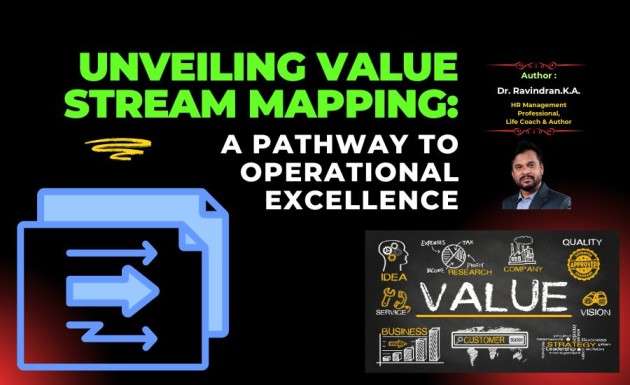In the realm of Lean management, understanding the concepts of Muda, Mura, and Muri is crucial to achieving operational excellence and efficiency. Join us as we unravel the mysteries of the Three M’s, explore industry best practices, and discover how to eliminate waste effectively in your organization.
Thank you for reading this post, don't forget to subscribe!
Demystifying Muda, Mura, and Muri: The Three Wastes of Lean Management
Muda, Mura, and Muri represent three distinct types of waste that impede efficiency and productivity in organizations:
-
Muda: The Waste of Unnecessary Work
Muda refers to any activity or process that does not add value to the end product or service. Examples of Muda include overproduction, waiting, unnecessary transportation, over-processing, excess inventory, defects, and underutilized talent.

-
Mura: The Waste of Inconsistency
Mura refers to unevenness or inconsistency in processes, workflows, or output. Examples of Mura include fluctuations in demand, uneven workloads, imbalanced workflows, and unpredictable production schedules.

-
Muri: The Waste of Overburden
Muri refers to excessive strain or overload on people, equipment, or systems. Examples of Muri include overloading workers with too much work, operating machinery beyond its capacity, and imposing unrealistic deadlines or expectations.

Identifying and Eliminating the Three M’s: Practical Strategies for Success
-
Conduct Value Stream Mapping
Start by conducting a value stream mapping exercise to identify and analyze the flow of value through your processes. This will help you identify areas of Muda, Mura, and Muri and prioritize improvement efforts accordingly.
-
Implement Just-in-Time (JIT) Production
Adopt a just-in-time production approach to minimize Muda by producing only what is needed, when it is needed, and in the right quantity. This will help reduce excess inventory, overproduction, and waiting times, leading to a more streamlined and efficient workflow.
-
Standardize Work Processes
Establish standardized work processes and procedures to reduce variability and eliminate Mura. This involves defining clear standards, guidelines, and best practices for performing tasks and workflows, ensuring consistency and predictability in operations.
-
Balance Workloads and Resources
Optimize workloads and resources to eliminate Muri by ensuring that tasks are allocated evenly and that workers, equipment, and systems are not overburdened. This may involve cross-training employees, investing in additional resources, or redesigning workflows for better balance.
Real-World Impact of Eliminating the Three M’s: A Case Study
Let’s examine the success story of XYZ Company, a manufacturing firm that implemented Lean principles to eliminate Muda, Mura, and Muri from its processes. By identifying and addressing waste systematically, XYZ Company achieved a 40% increase in productivity, a 25% reduction in lead times, and a significant improvement in customer satisfaction.
Conclusion: Drive Operational Excellence by Eliminating Waste
In conclusion, understanding and eliminating Muda, Mura, and Muri is essential for achieving operational excellence and efficiency in organizations. By identifying and addressing these wastes systematically, organizations can streamline processes, improve productivity, and deliver greater value to customers.
 hroptimum
hroptimum



